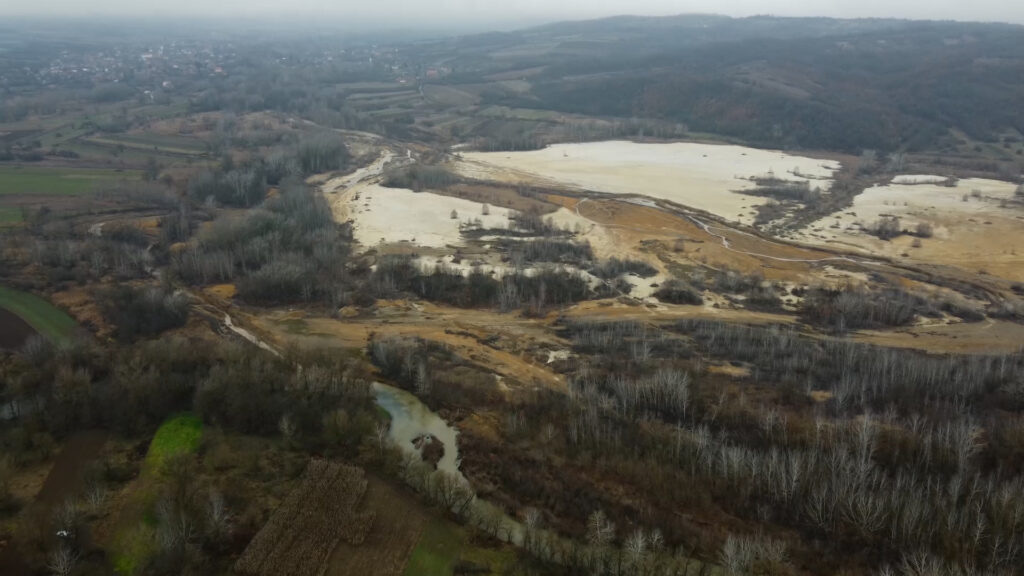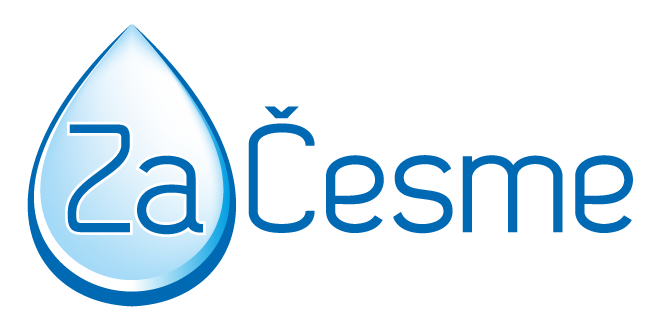
01/06/2023
Pollution of the Timok River
The Timok River, after which the area of Timočka Krajina is named, is a group of rivers located in eastern Serbia. The rivers that make it up are the Black (Crni) and the White (Beli) Timok, the Svrljiški Timok, the Trgoviški Timok and the Great (Veliki) Timok. The Great (Veliki) Timok itself, which is the last tributary of the Danube in Serbia, stretches for 88 kilometers.
The quality of the Great Timok water, at the point where it is formed from the Black and the White Timok near Zaječar, is still very good and belongs to the second category. However, only a few kilometers from the place where it originates, the Borska River, which is the most polluted in Europe, flows into it, so it is rightly called a dead river. Unfortunately, it carries in its river bed such a quantity of harmful, poisonous substances, which pour out of the mining basin in Bor, that Veliki Timok also becomes a dead river.
The extent of the pollution in the Timok River will be determined through the project “Environmental response to mining expansion in Timočka Krajina” implemented by the Association „Za Drinking Fountains“ with its partners from Bor and Zaječar, which includes four sampling cycles of water, sediments and ichthyofauna. What could be sublimated as a general conclusion from the two measurement cycles so far is that the Chinese company Zijin practically continued with the bad practice of the former RTB (Mining and Smelting Basin Bor), as regards the treatment of environmental protection.
Boban Pogarčić, president of the Association Za Drinking Fountains, says that the results show that the Borska River, whose poisons reach theTimok River, killed all the living things in it.
The greatest pollution began in the sixties of the last century, and there are few residents of coastal villages who remember what the Timok looked like. Dragoslav Jeremić, a resident of Trnavac, testifies that there used to be 7-8 types of fish in the clear water of the Timok, that the water was good for swimming, so he learned to swim there as a child, and his family used the river’s water to water the nearby fields. Then, as they say, „the Borska River came…“
Crucial pollution, happened during the damage to the flotation tailings pond in Bor, when mining waste poured into the Borska River. Alluvium around the Borska River and the Timok River, on the most fertile land in the municipalities of Bor and Zaječar, was called pyrite by the locals, however, in the river and the surrounding land, there are numerous heavy metals – copper, iron, manganese, cadmium, nickel, arsenic and zinc.
In the villages around Bor and Zaječar, agricultural producers suffered the most, losing about two thousand hectares of fertile land. Recultivation of such land is possible, but it would be a multi-year process, as confirmed by Miroslava Marić, a long-time employee of the Zaječar Institute for Agricultural and Technological Research. She followed the development of plants on the experimental plot, which was located on polluted land near Vražogrnac, and recorded everything in her scientific papers. Her interest in this topic was directed by the research that showed that the Borska River in one period contained a hundred times higher amounts of arsenic and even up to a thousand times higher amounts of copper than allowed.
Today, there is a lot of work in the world on the so-called biological soil recultivation, to find plants that would accumulate heavy metals, those plants are called hyperaccumulators, and the procedure is phytoremediation. But just like after the pollution that happened several decades ago, there is no initiative, neither by the polluter nor by the state, to recultivate the destroyed land, which would make the Timok on its course towards the Danube cleaner and restore its flora and fauna.
At the end of its journey through fascinating landscapes of untouched nature, the Timok flows into the Danube, but the impact of heavy pollution has also been noted at the confluence itself. In samples of the fish stock that were taken, for example, near the Danube’s confluence, the reference laboratory from Belgrade detected the presence of heavy metals, including mercury.
Environmental activists will continue to collect data on the extent of pollution and determine the impact on watercourses as part of the project “Environmental response to mining expansion in Timočka Krajina”. Unfortunately, now it seems that it will only be a continuation of destruction of natural resources that are of great importance for the entire community in the east of Serbia, whose interests, it seems, will not be above the unscrupulous greed of mining companies for a long time.
Association “Za Drinking Fountains”
This text was produced within the project “Environmental response to mining expansion in Timočka Krajina” funded by the European Union, and implemented by the Association “Za Drinking Fountains”, the Association of Young Researchers Bor, Civic Library “Europe” Bor and Children’s Center Zaječar. The content of the text is entirely responsibility of these associations and do not necessarily reflect the views of the European Union.




